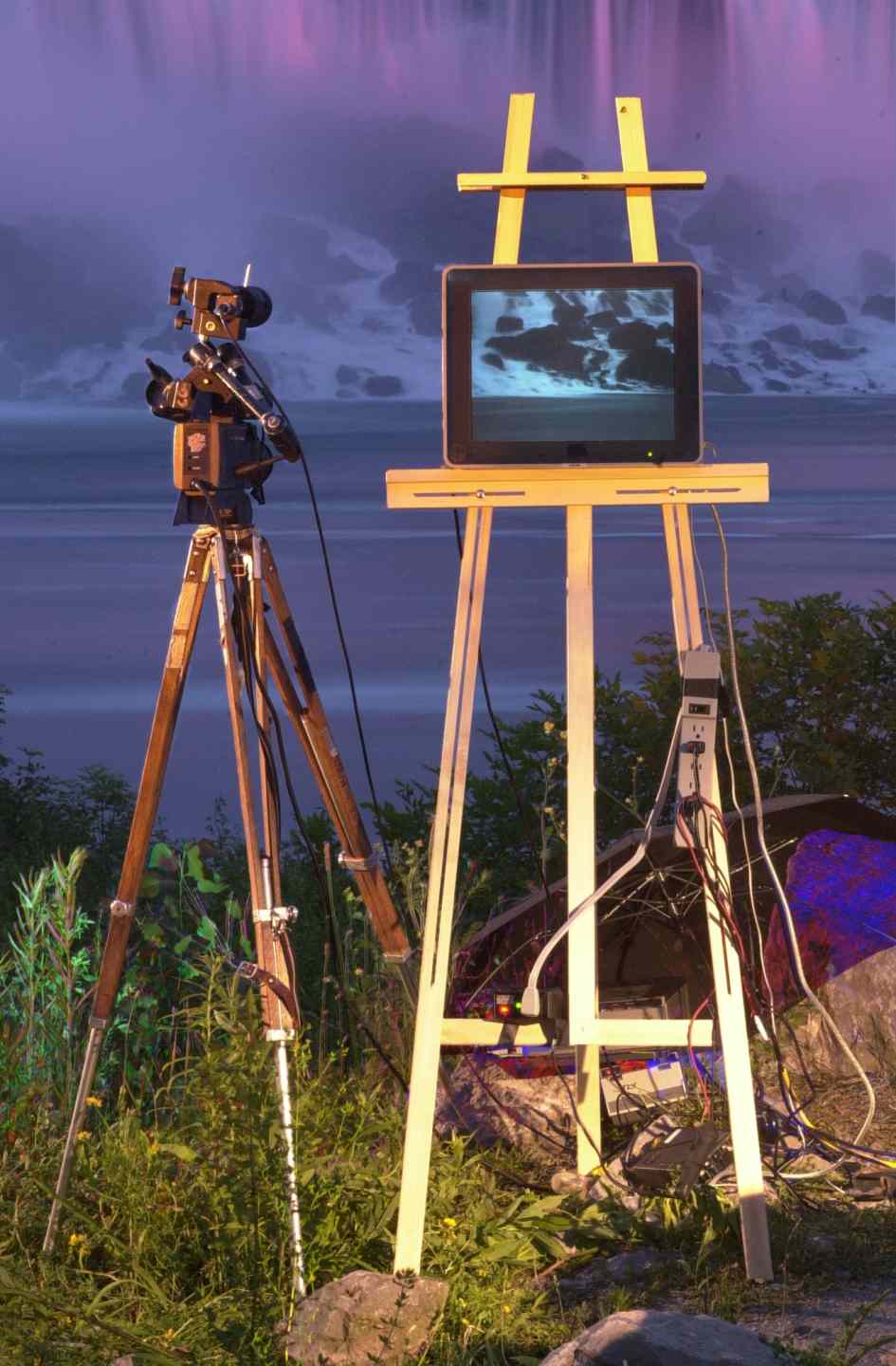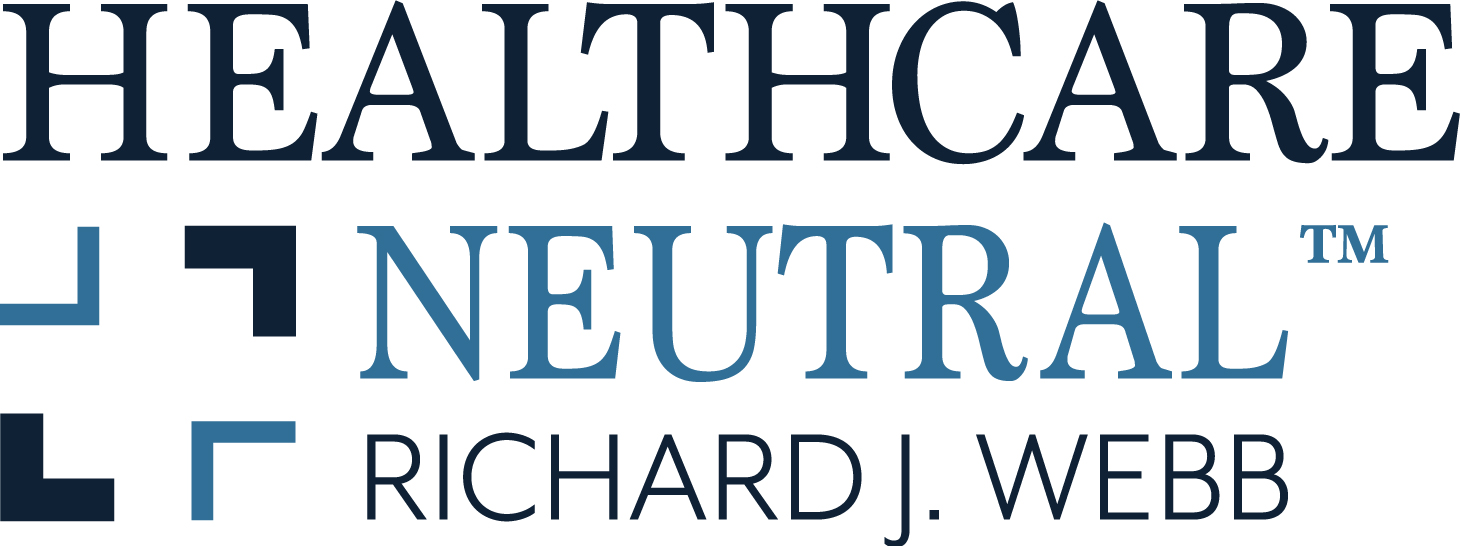
In Praise Of The Low Tech Flip Chart
January 23, 2008
[Image: Mediated Reality as illusory transparency, by Glogger, 10-09-2004]
The use of high tech gadgets and digital technology in the practice of law becomes more prevalent every year. An entire industry has grown up around creating the best presentation possible in the courtroom, within whatever bounds the court will allow. This week, while preparing to mediate a case involving various related but off-setting claims among several parties, I sketched out on a legal pad a diagram of how those competing claims could be valued, discounted and traded off to reach a range of potential settlement. It occurred to me that the parties might benefit from this approach (done, of course, with their permission and input at each step of the way), so I showed up at the mediation with my trusty flip chart and easel and put it to use.
The result was terrific. The parties and counsel were engaged and focused in a way that never would have happened if we simply talked about the claims. It also permitted them to focus together on the process I was suggesting, rather than talking at each other. The case settled – not on the last terms I sketched out with their help, but on other terms that the parties were prepared to accept only because they had already established a mutual comfort level within the terms on the chart.
I was very pleased but not too surprised. In both advanced mediation courses I was fortunate to take at the Straus Institute at Pepperdine, the instructors made extensive use of flip charts to good effect, including demonstrations of how they can be used to engage parties and bring them actively into the process of formulating their own settlement. It may not be “high tech”, but it works.
